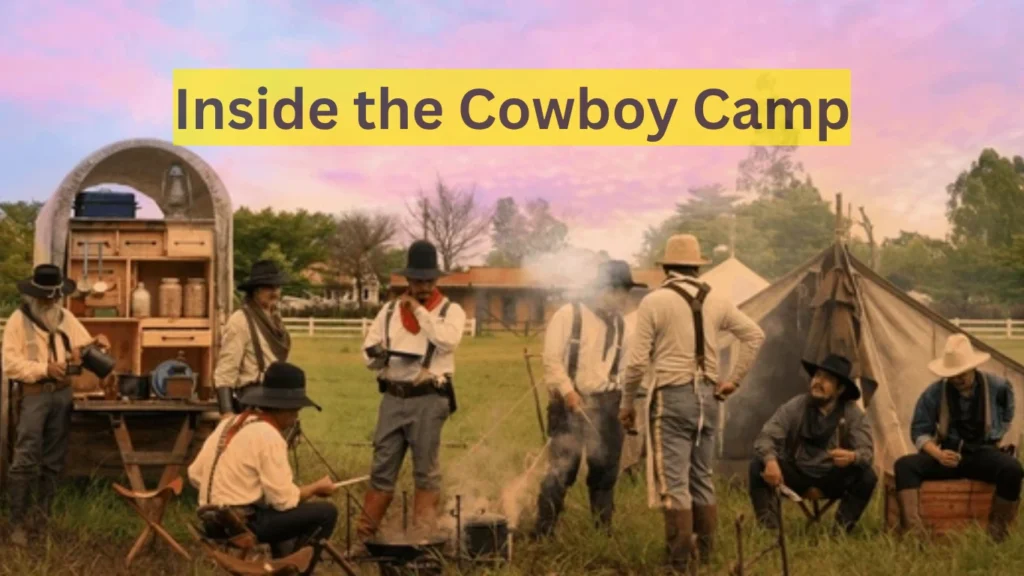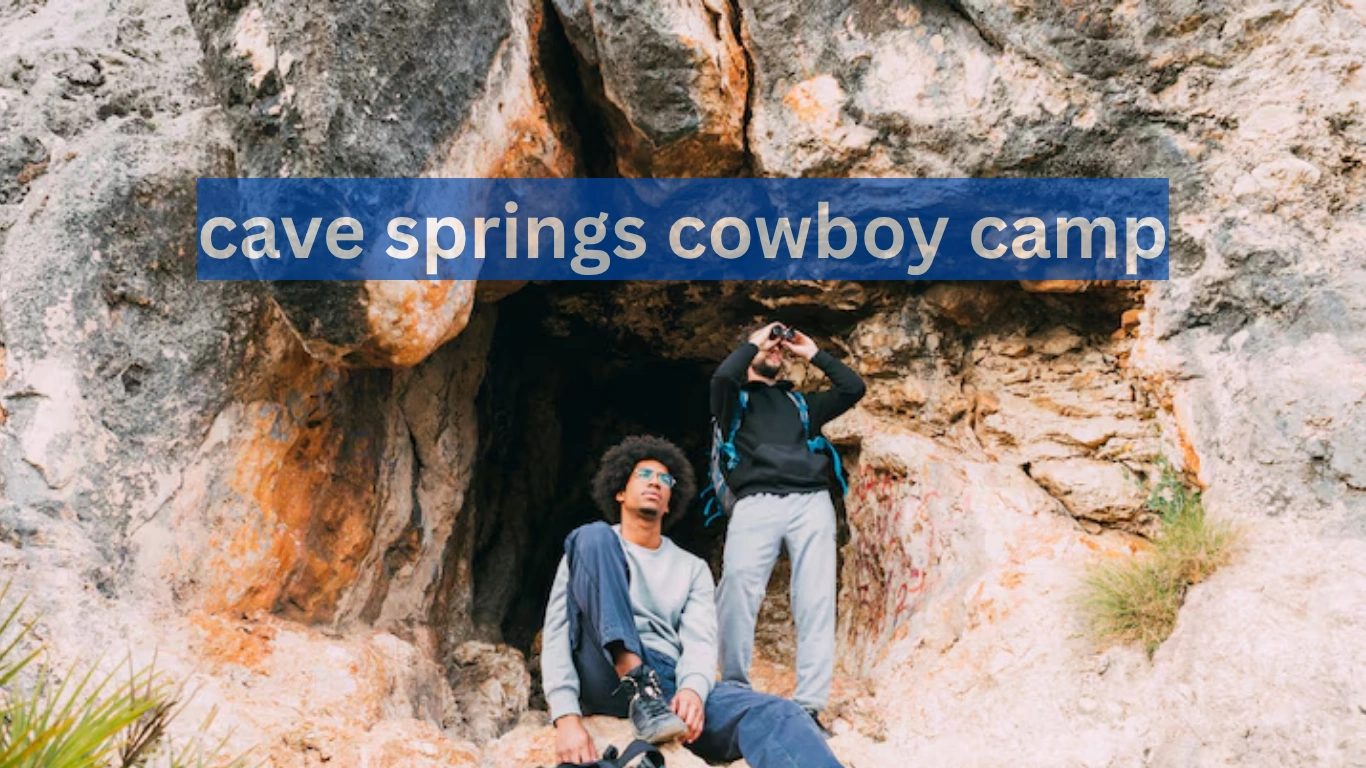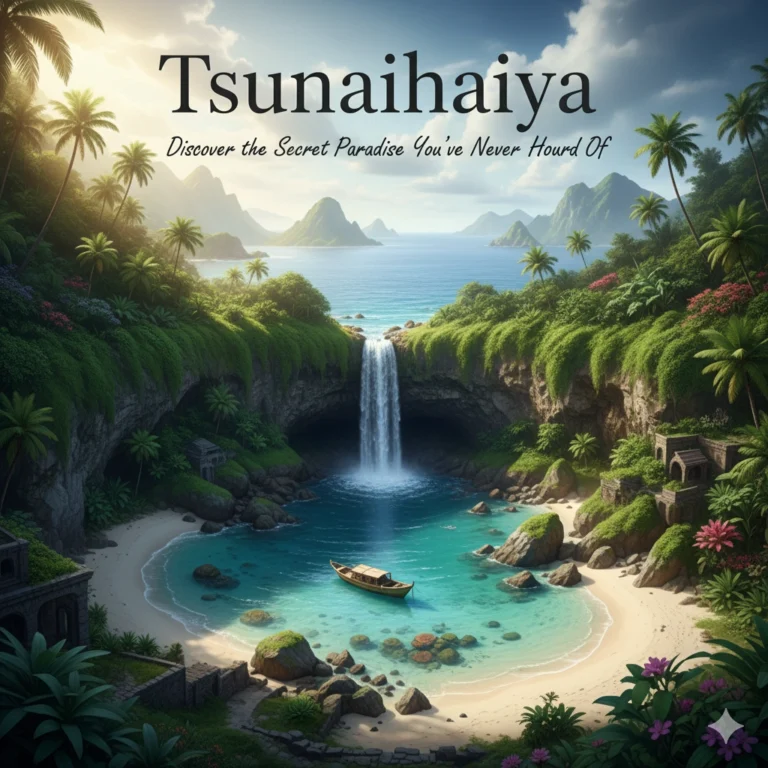Cave Springs Cowboy Camp: Timeless Glimpse into the Wild West
Cave Springs Cowboy Camp offers a timeless glimpse into the rugged lifestyle of early American cowboys. Tucked within the red rock formations of Canyonlands National Park, this historic site showcases authentic cowboy tools, sleeping gear, and cooking items left just as they were over a century ago. Visitors can walk through the camp and imagine what life was like in the Wild West, where cowboys braved the desert to herd cattle and survive in tough conditions. It’s a living piece of history that connects the modern world to a simpler, harder way of life.
Introduction to Cave Springs Cowboy Camp
Cave Springs Cowboy is a historic site nestled in the stunning landscape of Canyonlands National Park in southeastern Utah. Located in the Needles District, this spot offers visitors a rare chance to see what cowboy life looked like in the early 20th century. With its unique blend of nature and history, the site attracts hikers, history lovers, and families alike.
Surrounded by red rock formations and open desert skies, the camp preserves an important chapter of the American West. The cowboy camp is more than just a hiking destination; it’s a place where stories of grit, survival, and tradition live on.
The Historical Significance of the Camp
The cave springs camp was once used by cowboys working in the region to herd cattle across large stretches of dry, rugged land. These hardworking men needed shelter from the harsh sun and unpredictable weather. The camp’s natural caves provided perfect protection, and cowboys set up simple but functional living spaces here.
The site remains almost untouched today, showing exactly how these early ranchers lived. Tools, cooking gear, and bedrolls are still present, giving visitors an authentic look into cowboy life. The camp’s preservation helps educate people about the history of cattle ranching in the American Southwest.
Inside the Cowboy Camp Life in the Early 1900s

Inside thecave springs trail cowboy site, visitors find a preserved campsite where cowboys once cooked meals, slept, and stored gear. The setting includes a rock overhang for shelter, rusted pots and pans, old tin cans, ropes, and even a branding iron. These simple items speak volumes about the life these men lived hardworking, rugged, and closely tied to the land.
Cowboys used this space to escape the heat, cook over an open fire, and rest after long days of herding cattle. The cave walls even feature names and dates carved into the rock, offering personal glimpses into the past. These markings act as time capsules, showing that this was not just a job but a way of life.
Cowboys and Native Americans
One of the most special things about cave springs hike canyonlands is how it blends cowboy history with ancient Native American culture. Along the trail, hikers will find prehistoric rock art created by the Ancestral Puebloans, who lived in the area long before cowboys arrived. These petroglyphs offer clues about early life in the region and remind visitors of the land’s deep and layered history.
This combination of cultures cowboy and Native American makes the camp a truly unique site. It helps people understand how different groups have lived on and respected this land for thousands of years.
Cowboy Equipment You Can Still See Today
The authenticity of cave springs is what makes it so special. Unlike modern museum exhibits, this camp is outdoors, in its natural setting, and filled with real items used by working cowboys.
| Item | Use by Cowboys |
|---|---|
| Bedrolls | For sleeping under the shelter of the cave |
| Tin Cooking Gear | Used to prepare meals over open flames |
| Buckets | For hauling water from nearby sources |
| Rope and Saddle | Essential for riding and herding cattle |
| Branding Iron | Marked cattle to identify ownership |
These tools help paint a clear picture of what daily life looked like for a cowboy in this rough desert environment.
The Best Time to Visit Cave Springs Cowboy Camp
The best time to visit Cave Springs Cowboy Camp is during the spring and fall months. During these seasons, the weather is mild, with daytime temperatures ranging from 60°F to 80°F perfect for hiking the Cave Spring Trail and exploring the historic camp without extreme heat.
In spring, wildflowers bloom across the desert, adding bursts of color to the landscape. Fall offers crisp air, golden foliage, and fewer crowds, making the experience more peaceful. Summer temperatures often soar above 100°F, and winter may bring icy conditions, so planning your visit in spring or fall ensures the most enjoyable trip.
How This Site Is Protected and Preserved
The National Park Service takes careful steps to preserve cave canyonlands trail. Visitors are asked not to touch or move any items in the camp. Everything is left exactly where it was found to maintain the site’s integrity. Rangers monitor the area and educate hikers on its importance.
Preserving this spot means future generations can continue to experience cowboy history up close. By respecting the space, we help keep it alive for years to come.
Why Kids and Families Love the Camp
Kids love wild west cave springs site because it feels like stepping into a real-life Western story. They get to see old cowboy tools, climb ladders, and imagine what it was like to sleep in a cave under the stars. It’s a hands-on learning experience that brings history to life in a fun and exciting way.
Families often say this hike is the highlight of their trip. It’s easy, beautiful, and packed with interesting facts about life in the old days.
Conclusion
Cave Springs Cowboy Camp is a place where nature, history, and imagination come together. Tucked away in the colorful rocks of Canyonlands, it offers a true look into cowboy life that books and movies can’t fully capture. From rusty tools to ancient rock art, every detail tells a story.
Whether you’re a curious traveler, a student of history, or someone looking for a peaceful hike, this site has something to offer. By visiting and learning from this camp, we honor the spirit of the cowboys and the ancient cultures that came before them. Next time you’re in Utah, make sure this incredible piece of history is on your list.






